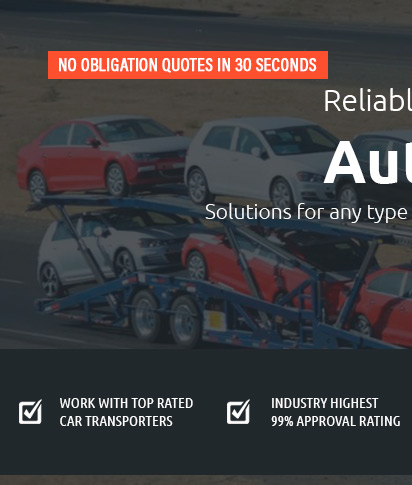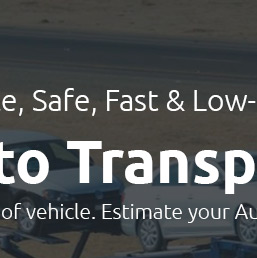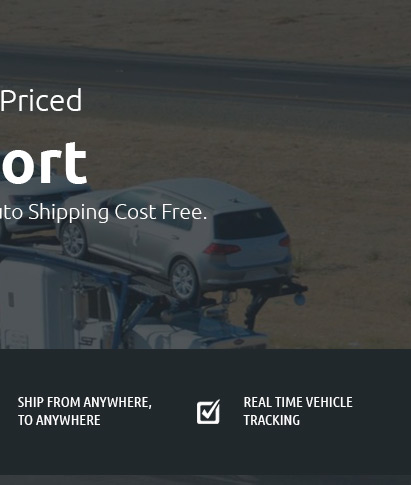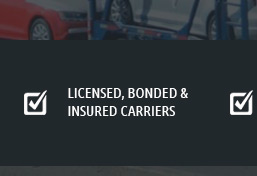 |
|
||||
 |
 |
 |
 |
||
 |
 |
|||||
 |
 |
 |
 |
 |
 |
 |
||
 |
 |
 |
 |
 |
 |
 |
 |
 |
 |
 |
|
 |
Shipping Vehicles in the US: A Comprehensive Review of Best PracticesIn today's rapidly evolving transportation landscape, the practice of shipping vehicles across the United States has become a vital component of both consumer convenience and business logistics. Whether moving across the country for a new job, purchasing a car from a distant state, or managing a dealership's inventory, understanding the nuances of vehicle shipping can significantly impact the efficiency and cost-effectiveness of the process. At its core, vehicle shipping in the US hinges on several key considerations: cost, reliability, timing, and the safety of the vehicle in transit. These elements are universally important, yet they can vary greatly depending on the chosen method of transport. Among the most common methods are open-air transport, enclosed transport, and freight trains, each offering distinct advantages and potential drawbacks.
When selecting a shipping service, it's crucial to perform due diligence. The market is rife with options, but not all providers offer the same level of service or reliability. Look for companies with strong customer reviews, transparent pricing models, and comprehensive insurance coverage. It's advisable to request multiple quotes and verify the company’s credentials, such as their registration with the Department of Transportation. Timing is another critical factor. While expedited services are available, they can significantly increase the cost. Planning ahead and scheduling your shipment well in advance can help secure better rates and ensure your vehicle arrives when needed. Most importantly, understanding the terms of the contract and the expected delivery windows can prevent misunderstandings and provide peace of mind. In conclusion, shipping vehicles within the US is a complex process that requires careful consideration of various factors to ensure a smooth and satisfactory experience. By prioritizing the right blend of cost, timing, and safety, and by choosing a reputable shipping company, consumers and businesses alike can navigate the intricacies of vehicle transport with confidence and efficiency. https://www.shiply.com/us/car-shipping?srsltid=AfmBOoqMUsullrpkKYZV1BSlRi4x9sWrywio5bjEytpSFgQ3t6WSb8HC
Car shipping prices can vary drastically depending on the circumstances, but on average a journey should cost you around $2.92 per mile if the journey is less ... https://autotransport.com/nationwide/
AutoTransport.com offers hassle-free car pickup and delivery to every state in the nation, including Alaska and Hawaii. https://www.cbp.gov/trade/basic-import-export/importing-car
Your Car is Not a Shipping Container - Your possessions are susceptible to theft while the vehicle is on the loading and unloading docks and in transit. - Many ...
|
